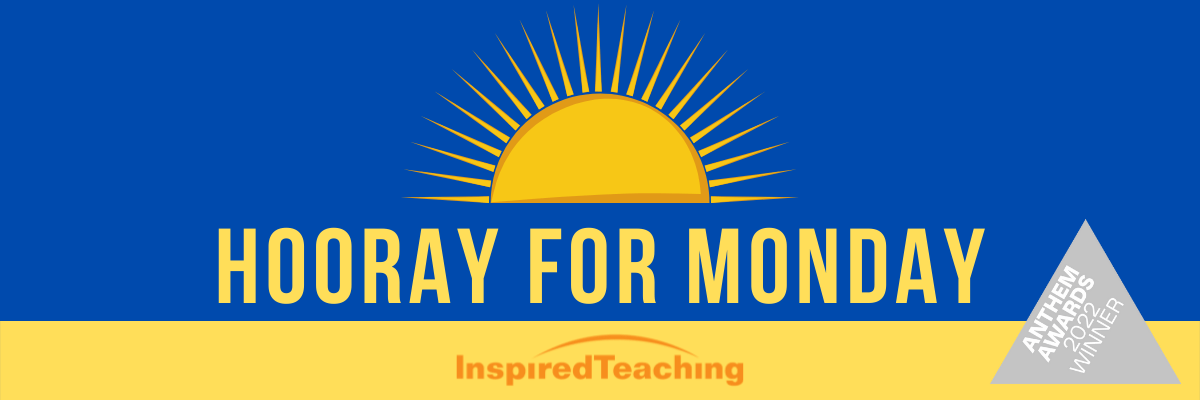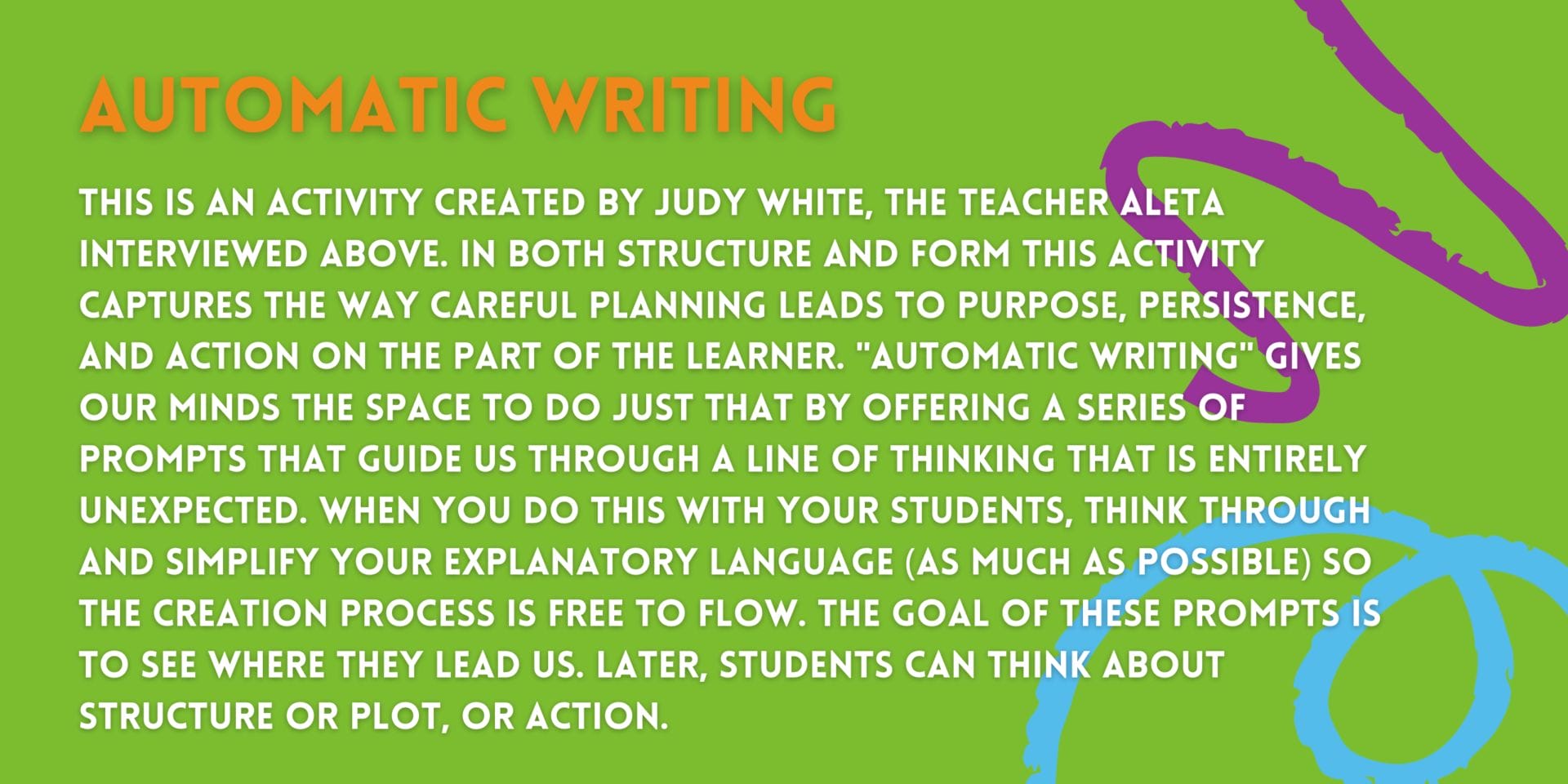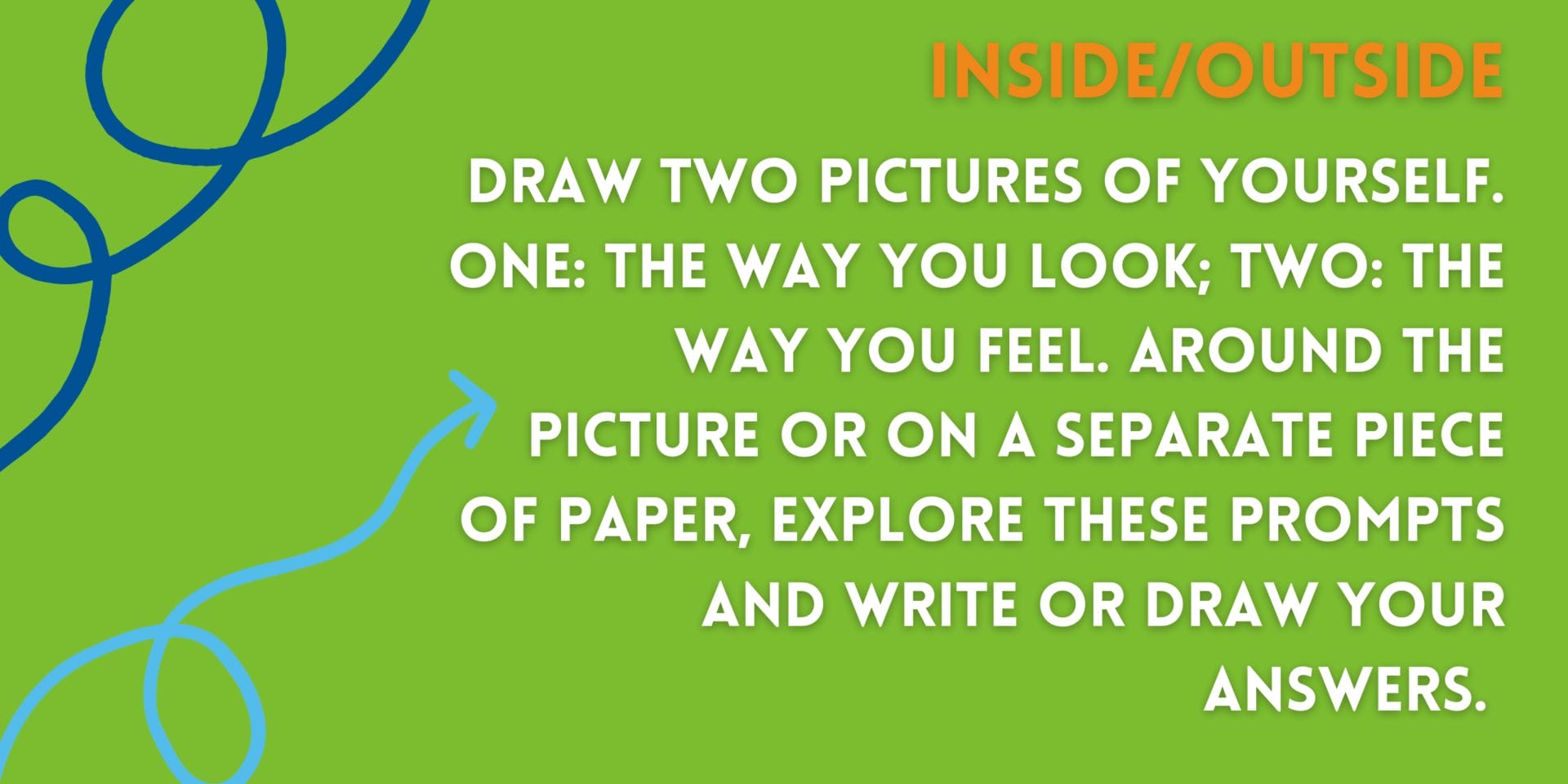April 11, 2022
By Aleta Margolis, Founder and President, Center for Inspired Teaching
Hooray for Monday is a weekly blog filled with questions, ideas, reflections, and actions we can all take to remodel the school experience for students.

“I can see how quickly you solved that problem.” “I can see you’re taking your time with that problem.” “What can I do to help you get started?” “What can I do to help you finish?” These simple, yet powerful, statements and questions come from the toolbox of my mentor, Judy White. She uses them to offer specific feedback and encouragement for students at different stages of the learning process.
 Through middle and high school, Judy was my teacher who never answered a question. She only asked them. And through her incisive questions, she kept me, and all of her students, in a perpetual state of Purpose, Persistence, and Action – the third of Inspired Teaching’s 5 Core Elements. Judy, who has also mentored teachers with Inspired Teaching for many years, insists her students find the expert within themselves, instead of looking to her for answers. Being a learner in her care is both challenging and exhilarating. That’s why I had to speak with Judy about her process for keeping students in the driver’s seat of their learning.
Through middle and high school, Judy was my teacher who never answered a question. She only asked them. And through her incisive questions, she kept me, and all of her students, in a perpetual state of Purpose, Persistence, and Action – the third of Inspired Teaching’s 5 Core Elements. Judy, who has also mentored teachers with Inspired Teaching for many years, insists her students find the expert within themselves, instead of looking to her for answers. Being a learner in her care is both challenging and exhilarating. That’s why I had to speak with Judy about her process for keeping students in the driver’s seat of their learning.
An Inspired Teacher teaches students how to think, and avoids doing the thinking for them. This practice is at the core of Purpose, Persistence, and Action.
Purpose, Persistence, and Action means students are fully engaged, intellectually, emotionally, and physically, in what they are doing. They persevere in solving problems, making discoveries along the way. They experience failure as a necessary part of the learning process. The full definition can be found here.
During our conversation, Judy offered powerful insights on the role of preparation to ensure Purpose, Persistence, and Action is part of the learning process for students. She spoke about how extremely detailed preparation frees teachers up, and allows teachers to be in the moment, so they can follow the students, while staying focused on instructional goals. Judy explained that, when she was a classroom teacher, she invested so much energy in preparation, “so that I would then be free to perceive the richness or the questions or the mysteries or the perplexing knots or the upsets or the chemistry that each class…or each student would present. And every time it was different.”

Judy notes that teaching students to “articulate your process as you go along,” is a tool for getting to Purpose, Persistence, and Action. As students deepen their understanding of their own learning process, they not only expand their understanding of content, they also learn about themselves. As Judy reminds us, “Nobody learns quite like you.”
Judy invites us to understand the “portals to creativity” that are embedded in Purpose, Persistence, and Action. For her, courtesy and kindness play a central role in promoting Purpose, Persistence, and Action, and in every aspect of teaching. “To model courtesy and kindness is an authentic way to let the kids know you care about them. And I think it should undergird every action that a teacher makes.”
- I can see how quickly you solved that problem.
- I can see you’re taking your time with that problem.
- What can I do to help you get started?
- What can I do to help you finish?
Statements and questions like these put students in charge of their own learning. And that’s right where they should be.



